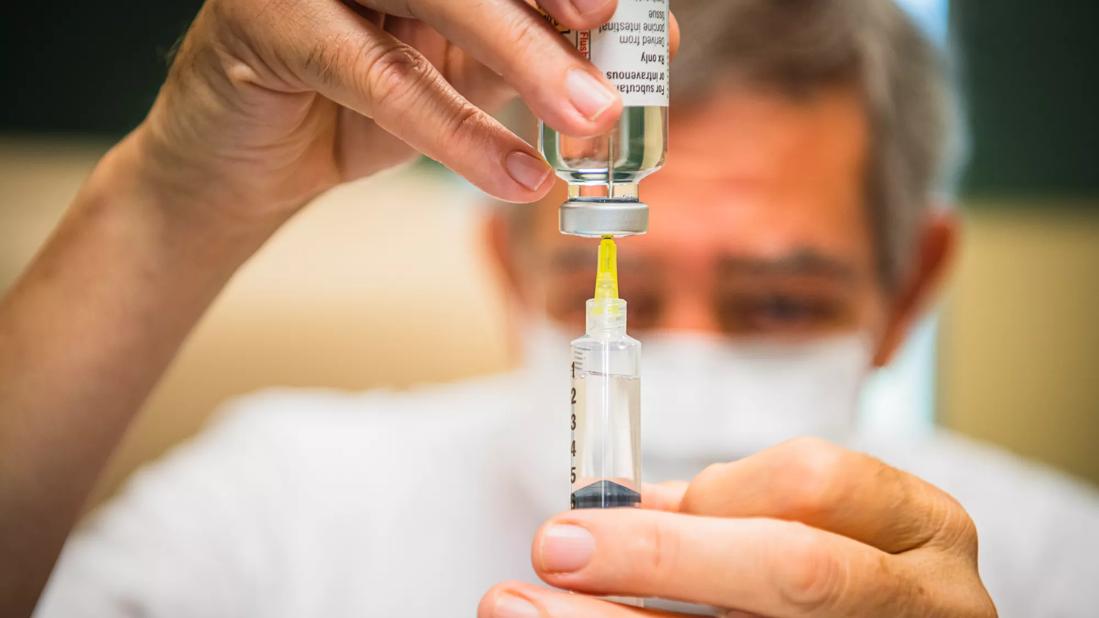Nearly 30 years of data validate this cost-efficient in-house alternative

The COVID-19 pandemic disrupted the availability of dialysate, making it difficult for some institutions to acquire life-sustaining equipment and supplies. Cleveland Clinic’s Department of Nephrology and Hypertension has been producing an in-house supply of bicarbonate-based solutions for continuous venovenous hemodialysis (CVVHD) for nearly three decades.
Advertisement
Cleveland Clinic is a non-profit academic medical center. Advertising on our site helps support our mission. We do not endorse non-Cleveland Clinic products or services. Policy
Nephrologists share this single-institution experience in a new report published in Kidney Medicine. The retrospective study takes a closer look at the institution’s production method, validating locally generated dialysate as both safe and cost-effective.
“The COVID-19 pandemic created dialysate shortages across the United States. At the height of the surge, many institutions contacted us on the feasibility of creating dialysate based on our previously published experience,” explains nephrologist and paper co-author Jonathan Taliercio, DO. “In addition to treating our dialysis-dependent patients with maintenance hemodialysis, the SARS-CoV-2 virus increases the risk of acute kidney injury in the general population,” he says. “We wanted to share our experience so that other healthcare systems could appropriately treat patients with kidney failure.”
Elaborating on the issue of supply scarcity, Dr. Taliercio notes, “Resources were very limited during the surge and some clinicians had to make difficult decisions about rationing, limiting, or postponing therapy for some of our most vulnerable patients. Our goal was, and remains, the delivery of world-class care to not only our patients — but to all patients.”
The team leveraged a robust institutional database to extract patient data from August 2011 to October 2019. They reviewed all adult patients hospitalized in Cleveland Clinic’s intensive care units who required continuous kidney replacement therapy. Of the 6,426 patients identified, the analysis yielded the following insights:
Advertisement
Says Dr. Taliercio, “Compared to the patients treated with a similar dose of the commercial solution, the data show that CCUPS was effective in restoring electrolyte and serum bicarbonate levels and reducing phosphate, creatinine and serum urea nitrogen levels.”
It’s also cost-effective. The authors detail the cost of production in the paper, noting that the price per 1 L of CCUPS is $0.67, significantly less expensive than commercially available alternatives.
“The pandemic disrupted all of our pre-existing workflows and compelled us to reimagine and employ new ones. It may be worthwhile for other large medical centers to consider producing their own in-house ultrapure dialysate for CVVHD,” he concludes.
In this instructional video, Director of Critical Care Nephrology, Sevag Demirjian, MD, goes over the steps for in-hospital production of ultra-pure continuous hemodialysis fluid:
Advertisement
Advertisement

Pediatric urologists lead quality improvement initiative, author systemwide guideline

Fixed-dose single-pill combinations and future therapies

Reproductive urologists publish a contemporary review to guide practice

Two recent cases show favorable pain and cosmesis outcomes

Meta-analysis assesses outcomes in adolescent age vs. mid-adulthood

Proteinuria reduction remains the most important treatment target.

IgA nephropathy is a relatively common autoimmune glomerular disease that can be diagnosed only by biopsy

Oncologic and functional outcomes are promising, but selection is key